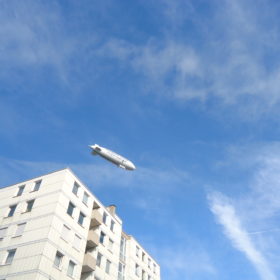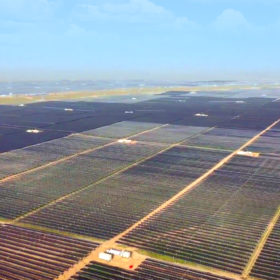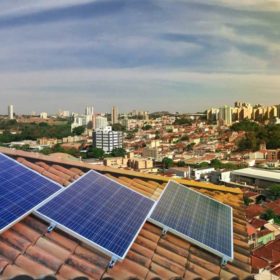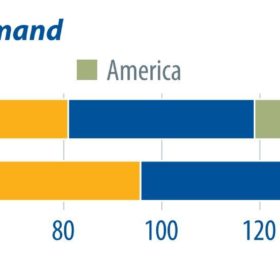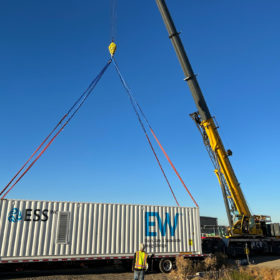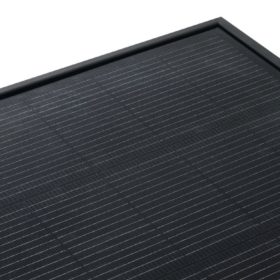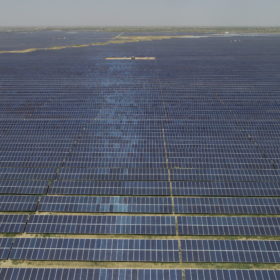IEA: Greater global effort is needed to reach net zero
Ahead of the COP26 conference beginning in Glasgow later this month, the International Energy Agency this week published its World Energy Outlook report for 2021. While it expects rapid growth in renewable energy, the report finds that, on top of currently stated policies, annual energy transition-related investments would need to reach US$4 trillion annually by 2030.
Time to re-envision the zeppelin: This time as a hydrogen transportation method
The long-distance transportation of hydrogen is a major challenge. However, the total decarbonization of green hydrogen transportation may possible by envisioning hydrogen-filled rigid or frameless airships (blimps) which work on the buoyancy of hydrogen to lift and transport.
The Hydrogen Stream: Hypoint and BASF team up, Green hydrogen strategic priority for France
HyPoint has teamed up with Germany’s BASF to develop high-performance fuel cell membranes for use in its hydrogen fuel cell system while Italian gas transmission system operator Snam has launched a program to support startups along the entire hydrogen value chain, and French President Emmanuel Macron said that small modular reactors and green hydrogen are two of the country’s development objectives to 2030.
Covid-19 recovery a “lost opportunity for the energy transition”
The latest edition of DNV’s Energy Transition Outlook report finds that, while there are plenty of encouraging forecasts for renewable energy, decarbonization ambitions laid out in the Paris agreements are unlikely to be met. The report finds that in most cases Covid-19 recovery policy has served to lock in emissions-intensive systems, and that urgent action is needed to push decarbonization in hard to electrify sectors such as shipping and heavy industry.
Solar deployed on rooftops could match annual U.S. electricity generation
Researchers conducted a global assessment of rooftop solar PV potential using high-resolution imagery, big data, and machine learning.
Solar supply, demand, and a foreign policy shakeup
As the solar market enters the busy season in September and October, module utilization rates are reaching 70% to 85%. However, structural shortages remain in the supply chain, with polysilicon supply running short in the face of high demand, writes PV InfoLink analyst Amy Fang. Prices, which were expected to stabilize, rose again in the second half. High module prices will cast a shadow on demand in the fourth quarter, prompting module manufacturers to postpone delivery for some orders from the second half into next year.
EU spot market module prices: Is there an alternative to ‘made in China’?
PV module prices are at a level we have not seen since last fall – a fact that is mainly down to very high transport costs for container shipments. This is an insight that was shared in this column last month. This month, we discuss whether and how bolstering local value creation through European cell and module production could lead to an end of dependence on Asia and break the upward cost spiral. But first, let’s have a look at the current price trends.
Iron flow battery tech shows promise for mid-duration energy storage
The ESS battery systems have a prescribed design life of 25 years, but the battery modules, electrolyte, plumbing, and other components may well last for decades longer with proper maintenance.
The weekend read: Half-cut solar cells on edge
Half-cut solar cells have quickly grown to become an industry standard, promising more power through reduced cell-to-module losses, among other advantages. Innovative processes have been introduced to reduce cell damage during the actual cutting process, but even these still leave behind an unpassivated area at the edge of the cell, which can result in performance losses. As cell efficiencies increase, this will only become more of a problem. pv magazine examines the possible solutions.
Large clusters of solar power stations
In the last of the series, solar pioneer Philip Wolfe looks at areas where solar generating stations are clustered together, without the coordination of organised solar parks.

